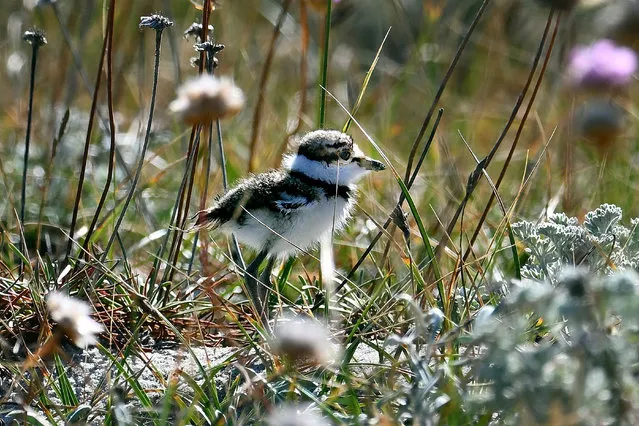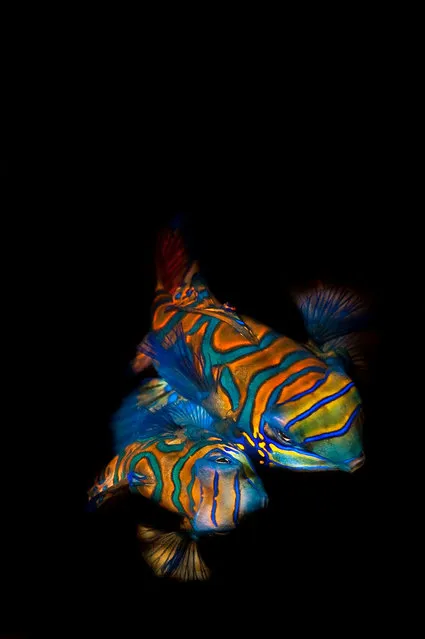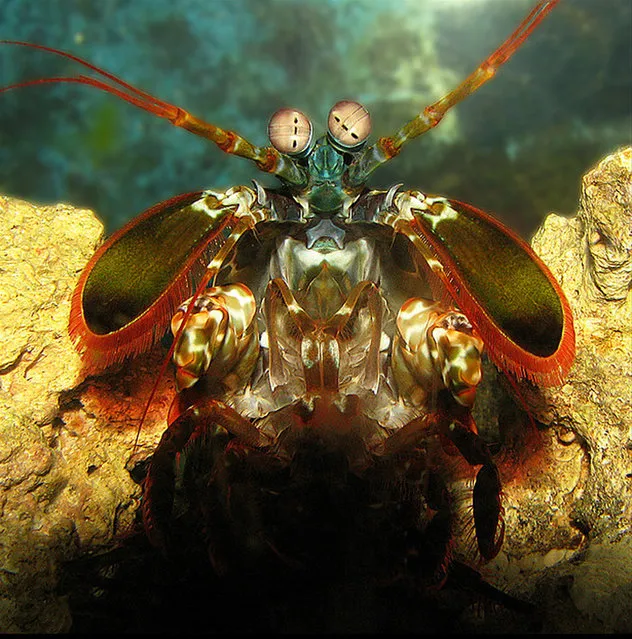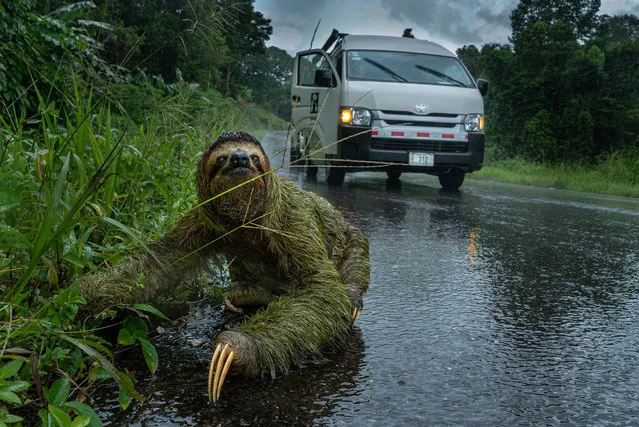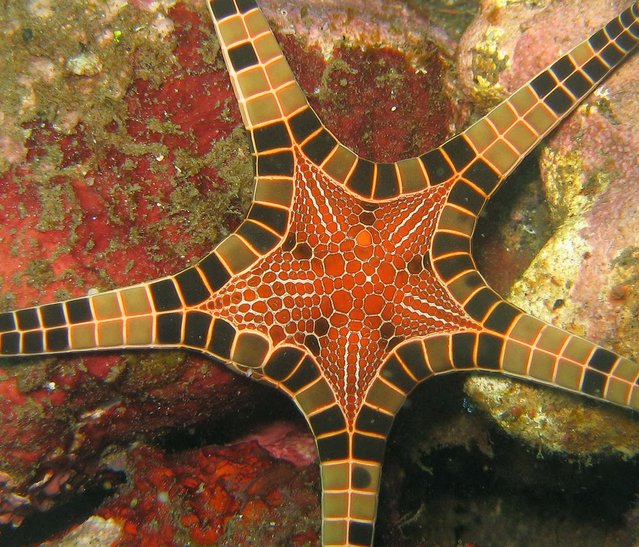
Suzanne Cryer poses for a portrait at the Television Academy's 67th Emmy Awards Performers Nominee Reception at the Pacific Design Center on Saturday, September 19, 2015 in West Hollywood, Calif. (Photo by Casey Curry/Invision for the Television Academy/AP Images)
22 Sep 2015 08:06:00,post received
0 comments

